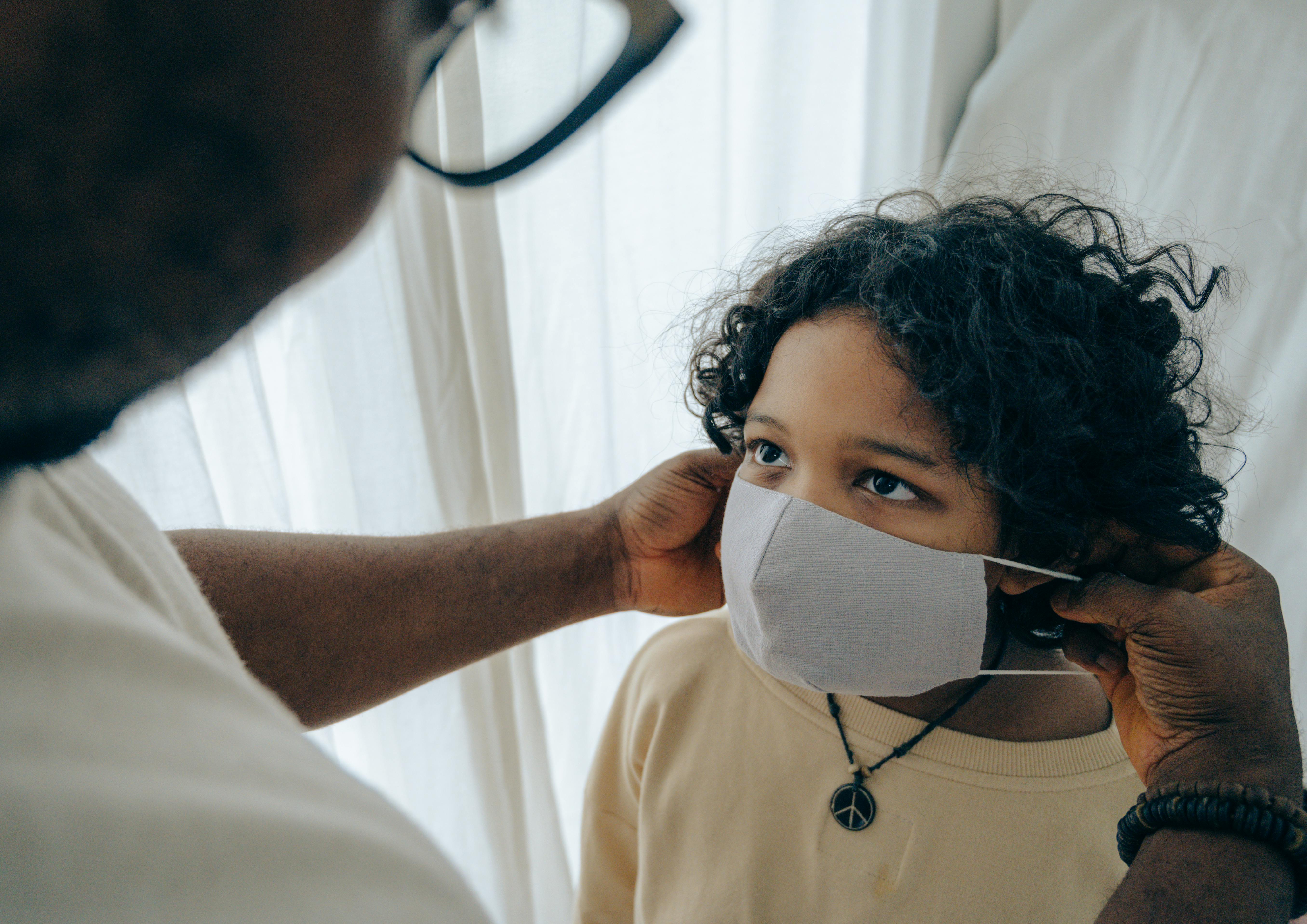Buteyko breathing is a clinically proven method of treating asthma, but did you know it can also stop a runny nose or free up a constantly stuffy nose?
The September 2008 issue of the medical journal The Lancet featured a study that showed a link between rhinitis (runny nose, in medical terms) and asthma in adults. What the study authors found when looking at various populations in Europe was that adults who suffer from a runny nose are at increased risk of developing asthma. The authors concluded that “rhinitis, even in the absence of atopy, is a strong predictor of asthma in adulthood.” Atopy is a sensitivity to some type of allergen, it could be pollen, dust mites, pet dander, etc. The list of potential allergens is long and many people are affected by several of them.
This is an interesting and not unexpected finding from these medical researchers and also ties in with the work of Dr. Konstantin Buteyko. The Buteyko breathing method, which was developed by Professor Buteyko of Russia in the 1950s and is now used worldwide to treat asthma, is based on the theory that asthma is caused by chronic hyperventilation (excessive breathing). ). Many of us unknowingly hyperventilate on an ongoing basis. In fact, published reports suggest that 5-10% of the population have signs or symptoms of hyperventilation to some degree. According to Buteyko, people who are predisposed to have asthma, that is, who have hypersensitive airways, will respond to this continued hyperventilation by developing asthma symptoms.
Supporting this theory are two pieces of evidence. First of all, hyperventilation is well known in medical circles for causing bronchoconstriction (narrowing of the airways). Second, there have been studies showing that people with asthma hyperventilate. A normal tidal volume (volume of air breathed in one minute) is 3 to 5 liters per minute. It has been shown in several studies that asthmatics breathe between 10 and 19 liters of air per minute, and this is not even when they have an asthma “attack”. During an acute episode of asthma, the volume of air breathed in increases even more.
So asthmatics overbreathe, and overbreathing causes narrowing of the airways, but what does this have to do with a runny nose? Professor Buteyko argued that the airways swell during asthma (one of the main problems with asthma is airway inflammation) to further reduce carbon dioxide loss. Carbon dioxide is expelled when we exhale, and excessive breathing or hyperventilation leads to excessive loss of carbon dioxide. Buteyko considered this to be a protective mechanism the body has because losing too much carbon dioxide affects both the body’s acid-base balance and the amount of oxygen that vital organs and tissues receive.
This theory can be expanded to include the nose. Many of us breathe through our mouths, and mouth breathing encourages hyperventilation, as more air can be swallowed through the mouth than through the nose. If you breathe through your mouth, one of the ways your body can respond to the excessive breathing this induces is to cause swelling and mucus to form in your nose to prevent further loss of carbon dioxide – your nose becomes blocked or runny to that no more carbon dioxide can be lost. Unfortunately, this also makes it more difficult to breathe through your nose, thus setting up a vicious cycle.
The Buteyko breathing method is not difficult to learn and there are many certified practitioners around the world who teach this method. They can be found on the web. The method has gained a great deal of press and approval since the British Thoracic Society endorsed it with a “B” grade. This confirms that the improvements in health and symptoms gained by learning to breathe less and breathe through your nose (essentially what the Buteyko breathing method teaches you to establish as a habit) are a direct result of applying the Buteyko method.
Anyone with asthma, or anyone who has difficulty breathing through their nose, might want to consider learning some strategies for clearing their nose, breathing through their nose, and reducing the volume of their breath through the Buteyko method of breathing.




